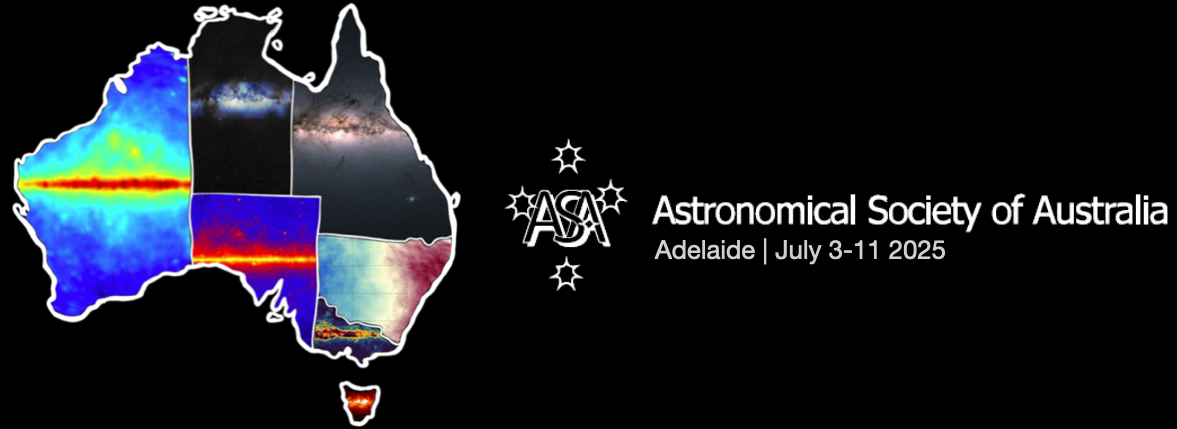Speaker
Description
High-redshift AGN are a key puzzle piece to understanding the full picture of galaxy evolution due to the co-evolution of supermassive black holes and host galaxies. Across cosmic time, radio-loud obscured AGN are beacons of massive black holes and host galaxies, but at z > 5 this population remains elusive (with fewer than five known). The most massive and powerful of these radio-loud AGN are high-redshift radio galaxies (HzRGs), which provide ideal targets for studying the evolution of the most massive objects. Should any be discovered within the Epoch of Reionisation (EoR) in the SKA era, they would enable 21-cm absorption experiments that directly probe the reionisation of the Universe. We have built and refined a sample of candidate z > 5 radio galaxies, cross-matching isolated young/compact radio sources turning over at low radio frequencies with non-detections in shallow NIR surveys. Deeper follow-up at optical/NIR wavelengths identifies the best candidates in a unique parameter space of extreme radio/NIR flux ratios, primarily limited by initial NIR survey coverage. So far this sample appears to span 1 < z < 5, but many of the best candidates still lack redshifts. We highlight some of the interesting environments these extreme HzRGs are found in, from optically dark protoclusters to jet-induced quenching, as well as current progress in characterising the sources and their host galaxy properties at more wavelengths. In future, LSST and the Euclid Wide Survey will provide redshift information for the millions of radio sources in all-sky SKA surveys and leave a manageable sample of sources that are z > 6 or remain undetected with extreme radio/NIR, in which HzRGs residing in the EoR may be found.

